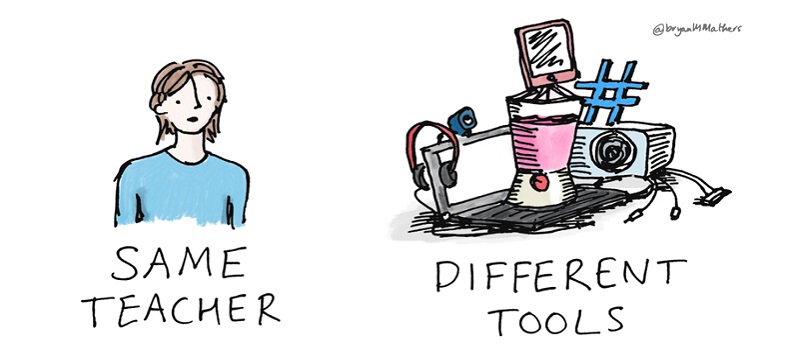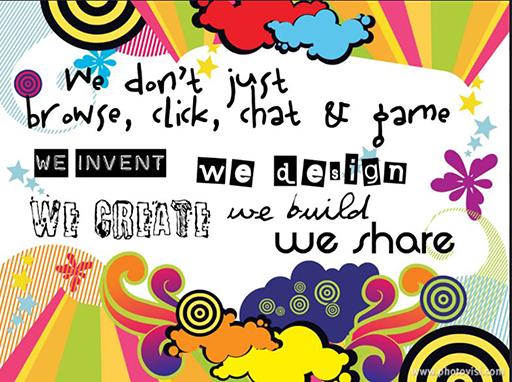2 Blended learning
Previously, we introduced the distinctions between asynchronous and synchronous teaching. Another concept that might be very useful to help you understand how to teach online is blended learning. Blended learning usually refers to a course that includes both online and face-to-face elements.
A blended approach will usually bring together three core elements: classroom-based activities with the teacher present; online learning materials (which may be used in different ways – as you'll see in the section on ‘flipped learning’); independent study using materials provided by the teacher, either online or in hard copy, to reinforce concepts or develop skills. This blend of activities means that the teacher also has a blend of roles, adding a ‘facilitator’ element to their role as they organise and direct group activities, both online and offline.
Blended learning can help to bring together the main advantages of synchronous learning:
- teacher presence
- immediate feedback
- peer interaction.
It can combine these with the main advantages of asynchronous learning:
- independence
- flexibility
- self-pacing.
It can help to avoid the pitfalls of asynchronous learning:
- learner isolation
- difficulty with motivation.
1.5 Developing skills and confidence

